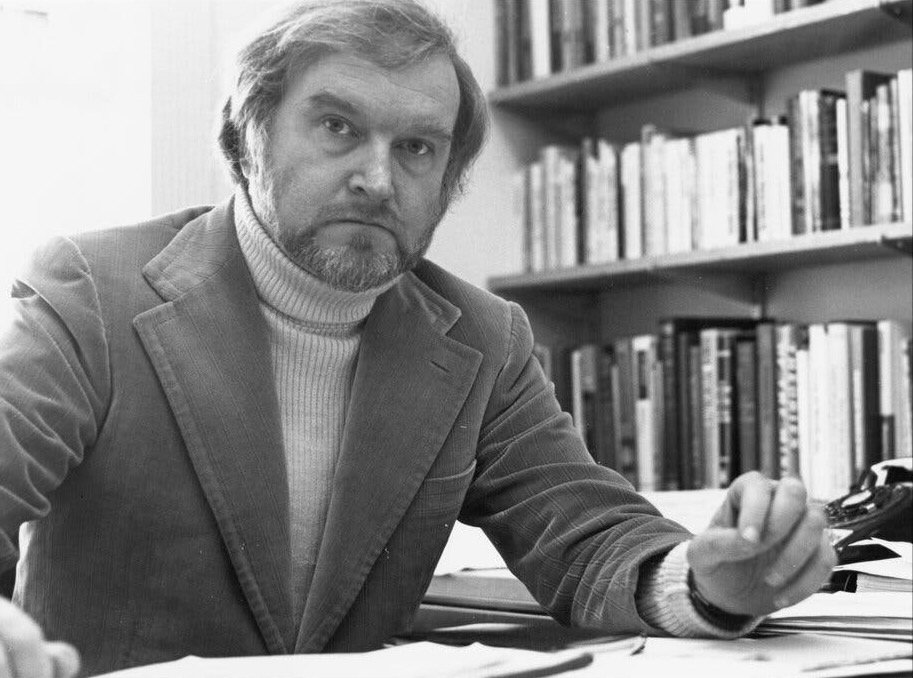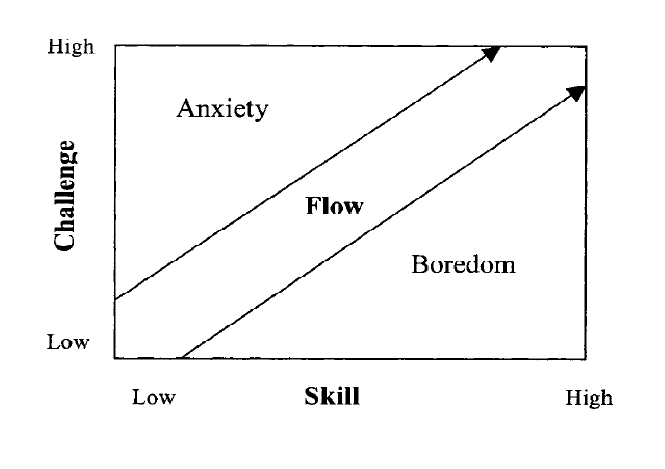Have you ever gotten so absorbed in an activity that time seemed to melt away? You weren’t worried about anything else, just completely immersed in the present moment. This state of optimal experience, where challenge and skill perfectly align, is what psychologist mihály csíkszentmihályi called flow. Mental wellness matters, and understanding the psychological conditions for flow is crucial for achieving optimal states of engagement and fulfillment.
mihály csíkszentmihályi, often referred to as the “father of flow,” dedicated his life to understanding what makes life fulfilling. Through extensive research, he identified flow as a key ingredient in human happiness. But what exactly are the psychological conditions that lead to this state of energized focus?
Contents
The Eight Pillars of Flow : A Mihaly Csikszentmihalyi Framework
mihály csíkszentmihályi outlines eight key characteristics that define a flow state:
1. Clear Goals:
When you enter a flow state, the objective of the activity is well-defined. You understand what you’re trying to achieve and what success looks like. This clarity eliminates confusion and allows you to fully invest your energy in the task at hand.

2. Challenge-Skill Balance
Flow isn’t about mindlessly going through the motions. It’s about finding an activity that pushes you slightly beyond your comfort zone, but within the realm of your capabilities. This sweet spot between challenge and skill keeps you engaged and motivated.
3. Immediate Feedback
Flow thrives on a continuous loop of action and reaction. The activity provides you with direct and ongoing feedback on your performance, allowing you to adjust your approach for better results. Imagine playing a musical instrument – you hear the notes you play instantly, guiding your next move.
4. Complete Absorption
In a flow state, distractions melt away. You become completely absorbed in the task, forgetting about worries, anxieties, and even your physical body. This hyper-focused state allows you to fully utilize your abilities.
5. Merging of Action and Awareness
Your actions and awareness become one fluid motion. You’re not consciously overthinking every step; instead, your movements flow seamlessly and effortlessly. This frees up mental space for creativity and innovation.
6. Sense of Control
Flow empowers you with a sense of mastery over the activity. You feel confident in your skills and capable of handling the challenges presented. This feeling of control fosters a sense of security and allows you to experiment and grow.
7. Loss of Self-Consciousness
When in flow, self-judgment takes a back seat. You’re not worried about how you look or what others might think. Your focus is entirely on the task itself, freeing you from inhibitions and allowing you to perform at your best.
8. Autotelic Experience
Flow is inherently rewarding. The enjoyment comes from the intrinsic pleasure of the activity itself, not from external validation. It’s about the satisfaction of being fully engaged in the present moment.

Cultivating Flow in Your Life
Understanding the characteristics of flow is only half the battle. The real challenge lies in actively incorporating flow-inducing activities into your daily life. Here are some tips to get you started:
-
Identify Your Passions: What activities genuinely excite you? What tasks do you lose track of time doing? Make time for these activities and prioritize them in your schedule.
-
Set Clear Goals: Break down larger goals into smaller, achievable steps. This creates a clear roadmap and a sense of accomplishment as you progress.
-
Embrace Challenges: Step outside your comfort zone and take on tasks that require you to stretch your skills. This growth mindset is essential for achieving flow.
-
Minimize Distractions: Find a quiet space and silence notifications to minimize interruptions when engaging in flow-worthy activities.
-
Seek Immediate Feedback: Look for activities that provide ongoing feedback, whether it’s through a coach, a practice session, or the nature of the activity itself.
-
Practice Mindfulness: Meditation and mindfulness exercises can help you become more present-moment aware, a key ingredient for entering flow.
The Takeaway
Flow is a universal human experience that transcends age, occupation, or background. By understanding the psychological conditions that foster flow and actively incorporating flow-inducing activities into your life, you can unlock a state of optimal experience, boost your well-being, and find deep satisfaction in the pursuit of your goals. Remember, flow isn’t just about peak performance; it’s about finding the joy in the journey itself. So, get out there, challenge yourself, and discover the activities that make you lose track of time and get in the groove!
Flow isn’t a mythical state reserved for athletes or artists. It’s a potential that resides within each of us, waiting to be tapped. mihály csíkszentmihályi‘s framework offers a roadmap to cultivate flow in your daily life, whether it’s tackling a work project, pursuing a hobby, or simply spending quality time with loved ones. The key lies in identifying activities that align with your passions, setting clear goals, and creating an environment conducive to focused immersion.
Remember, flow isn’t about achieving perfection; it’s about embracing the process. It’s about finding activities that challenge you to grow, activities that make you lose yourself in the present moment, activities that bring you a sense of deep fulfillment. So, embark on this journey of self-discovery. Experiment, explore, and find your own unique path to flow. After all, the greatest reward lies not just in the outcome, but in the experience itself.



